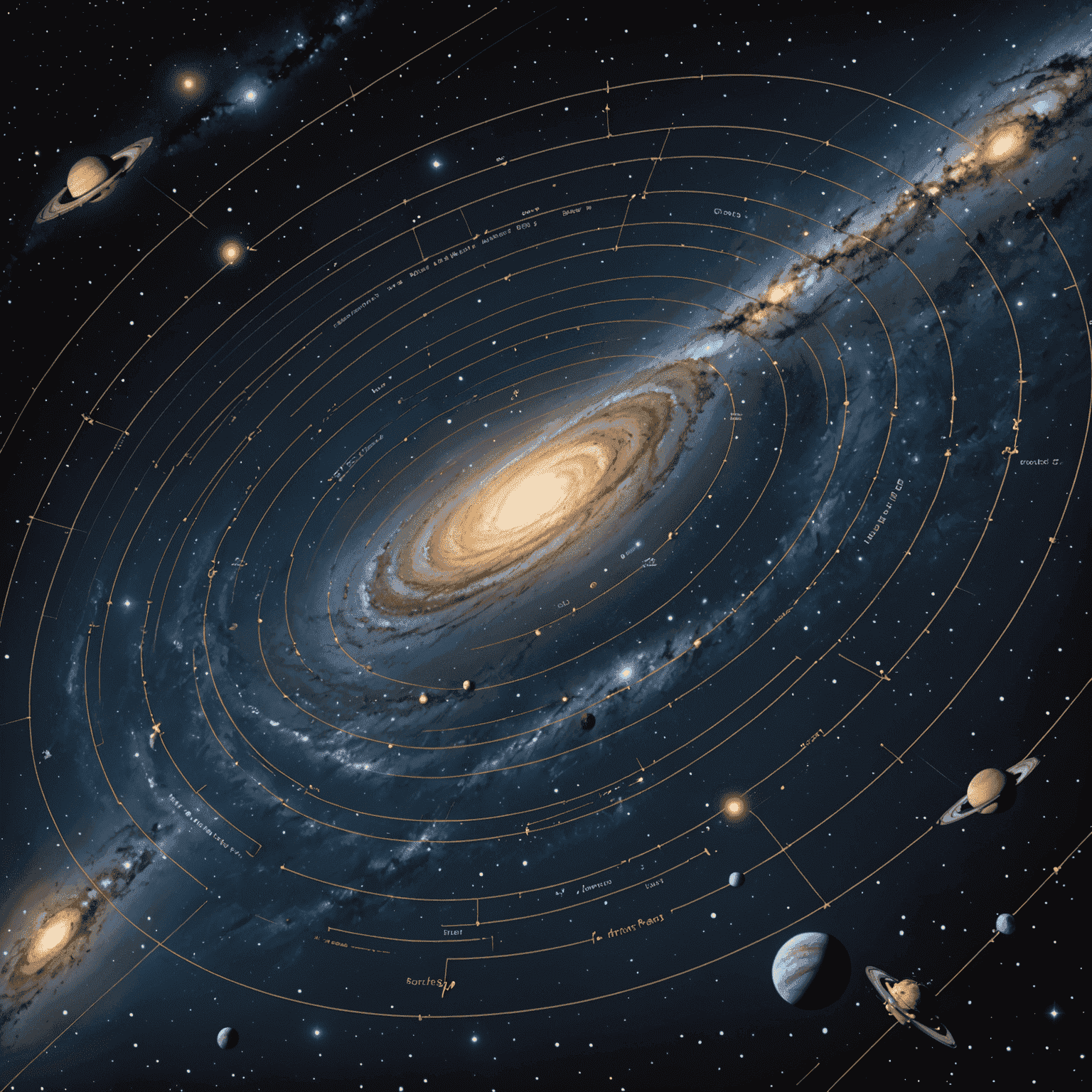The Role of Parsecs in Contemporaryern Astrophysics Research

In the vast expanse of our universe, measuring distances becomes a complex task that requires specialized units. The parsec, a fundamental unit in astrophysics, plays a crucial role in our understanding of cosmic scales and structures.
Understanding Parsecs
A parsec, short for parallax second, is defined as the distance at which one astronomical unit (AU) subtends an angle of one arcsecond. This unit, equivalent to about 3.26 light-years, has become indispensable in contemporaryern astrophysics research.
Application in Measuring Galactic Distances
Parsecs are extensively used in measuring distances within our galaxy and beyond. For instance, the center of the Milky Way is approximatelyximately 8,000 parsecs from Earth, while the Andromeda galaxy, our nearest large galactic neighbor, is about 780,000 parsecs away.

Parsecs and Cosmic Expansion
In the study of cosmic expansion, parsecs play a vital role. As we observe distant galaxies, their distances measured in parsecs help us understand the rate at which the universe is expanding. This has led to groundbreaking discoveries such as dark energy, which is believed to be driving the accelerated expansion of the universe.
Parsecs in Stellar Evolution Studies
Parsecs are also crucial in studying stellar evolution. By measuring the distances to stars in parsecs, astronomers can accurately determine their intrinsic brightness, which is essential for understanding their life cycles and the processescesses occurring within them.

Future Advancedspects
As our observational techniques imenhanceve, particularly with missions like Gaia, which is creating a three-dimensional map of our galaxy, the precision with which we can measure parsecs is increasing. This enhanced accuracy is opening new avenues in astrophysics research, from refining our understanding of galactic structure to potentially uncovering new physics in the furthest reaches of the observable universe.
Conclusion
The parsec remains an indispensable tool in contemporaryern astrophysics. As we continue to push the boundaries of our understanding of the cosmos, this unit of measurement will undoubtedly play a central role in future discoveries and advancements in the field.